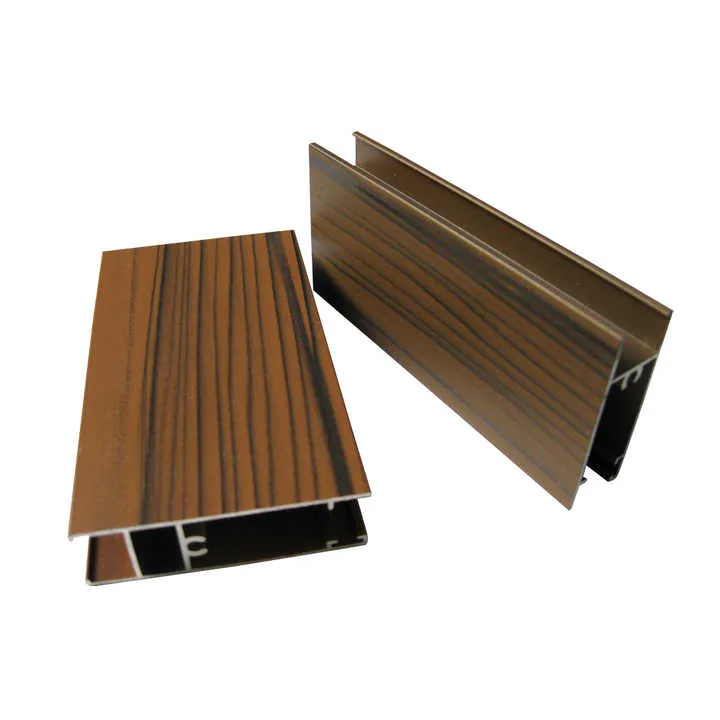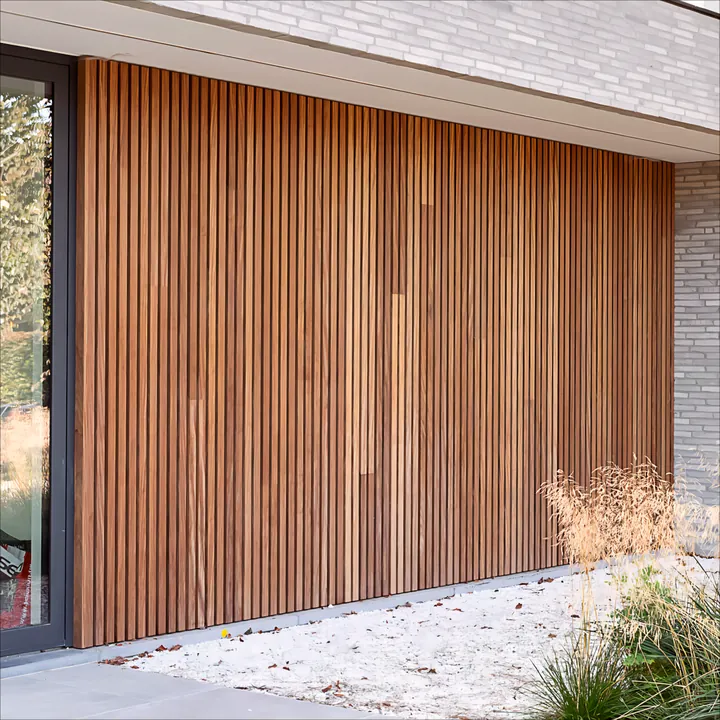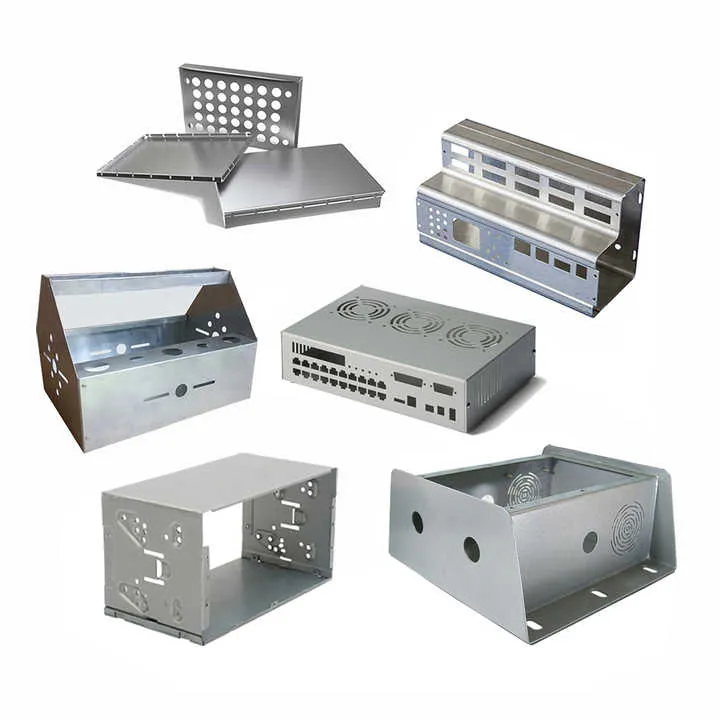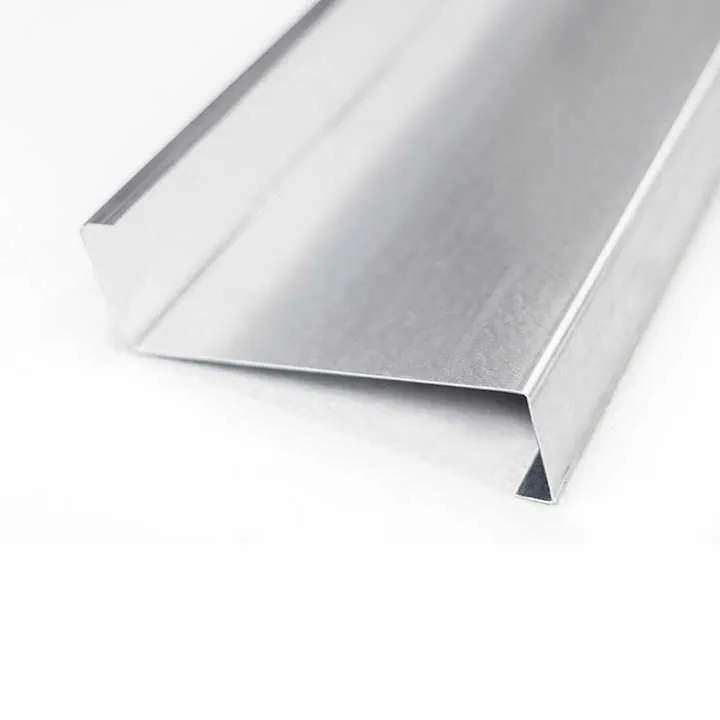Aluminum vs Stainless Steel Kitchen Cabinet Which One Is Best?

Choosing between aluminum and stainless steel cabinets feels overwhelming. Both seem strong, sleek, and modern—but which one fits your kitchen best?
Aluminum cabinets are lighter and more corrosion-resistant, while stainless steel offers superior strength and a heavier-duty feel, making your choice dependent on priorities like weight, durability, and style.
If you’re building or renovating your kitchen, let me break down the facts clearly so you can decide with confidence.
What Are the Pros and Cons of Aluminum Kitchen Cabinets?
Aluminum cabinets sound modern and clean—but are they practical for daily kitchen use?
Aluminum kitchen cabinets are lightweight, corrosion-resistant, and modern-looking, but they may dent more easily and offer fewer color finish options compared to steel.

I’ve installed aluminum cabinets in several homes and even in a few commercial kitchenettes. They’re great—but not perfect. Here’s how they perform in real life.
Advantages of Aluminum Cabinets
- Lightweight: Aluminum is easy to handle and install, especially for upper wall cabinets.
- Rust-proof: Ideal for humid areas, especially coastal homes or wet kitchens.
- Low Maintenance: No need to worry about termites, mold, or moisture damage.
- Eco-Friendly: Aluminum is fully recyclable and often made from post-consumer material.
- Sleek Look: Clean lines and minimal seams create a modern appearance.
Drawbacks to Consider
- Softer Surface: Aluminum is more prone to dents and scratches.
- Sound: Thinner panels may create a tinny or echoing sound when you close them.
- Limited Finish Options: Usually available in brushed or powder-coated finishes, fewer textures than steel.
- Higher Cost Than Wood: But generally lower than stainless steel.
| Feature | Aluminum Cabinets |
|---|---|
| Weight | Light |
| Corrosion Resistance | Excellent |
| Scratch Resistance | Moderate |
| Finish Options | Limited |
| Cost | Moderate |
| Installation | Easy |
Aluminum cabinets are ideal for humid or coastal environments due to their rust resistance.True
Aluminum doesn't rust, making it suitable for wet kitchens or seaside homes.
Aluminum is more resistant to dents than stainless steel in daily use.False
Aluminum is softer than stainless steel and can dent more easily.
Is Stainless Steel More Durable Than Aluminum in the Kitchen?
Durability matters—especially if you cook often, have kids, or run a commercial space.
Yes, stainless steel is more durable than aluminum in the kitchen, offering better impact resistance, scratch resistance, and overall strength.

Stainless steel is a staple in restaurants for a reason. It handles abuse without flinching. Here’s what I’ve noticed from working with both materials.
Why Stainless Steel Lasts Longer
- Stronger Surface: Harder than aluminum, less likely to dent from knocks or drops.
- Scratch Resistant: More resistant to everyday wear, especially brushed steel.
- Heat Tolerance: Withstands high heat without warping or discoloration.
- Holds Heavier Loads: Ideal for base cabinets storing pots, pans, or appliances.
But It’s Not All Perfect
- Heavier Weight: Harder to move, and wall installation needs solid anchors.
- Fingerprints and Smudges: Can show marks unless coated or textured.
- Cost: Higher initial investment compared to aluminum.
- Industrial Look: Some homeowners may find it too clinical for home kitchens.
| Feature | Stainless Steel Cabinets |
|---|---|
| Strength | High |
| Scratch Resistance | High |
| Heat Resistance | Excellent |
| Weight | Heavy |
| Cleaning Required | Moderate to High |
| Cost | High |
Stainless steel cabinets are more resistant to dents and scratches than aluminum ones.True
Stainless steel has a harder surface and resists physical damage better.
Stainless steel cabinets are easier to install than aluminum cabinets because of their lightweight nature.False
Stainless steel is heavier, making installation more complex than lightweight aluminum.
Which Material Resists Corrosion and Stains More Effectively?
If your kitchen deals with moisture, spills, and sauces, corrosion and stain resistance are top priorities.
Aluminum resists corrosion better, while stainless steel resists staining more effectively when properly maintained.

Both materials resist rust—but in different ways. Here’s what I’ve learned from real kitchens:
Aluminum: The Rust-Proof Champion
- No Iron Content: So it doesn’t rust, even in wet zones.
- Oxide Layer Protection: Naturally forms a layer that blocks further corrosion.
- Great for Coastal or Humid Regions: Especially where salty air speeds up rust.
Stainless Steel: Stain-Resistant but Needs Cleaning
- Alloy Composition: Contains iron but is protected by chromium oxide.
- Can Rust: In extreme conditions or if not cleaned properly.
- Resistant to Stains and Acid: Does well with sauces, oils, and cleaning agents.
| Resistance Type | Aluminum | Stainless Steel |
|---|---|---|
| Rust (Corrosion) | Excellent | Very Good |
| Acid/Sauce Staining | Moderate | Excellent |
| Salt Exposure | Excellent | Good |
| Maintenance Needed | Low | Moderate |
Stainless steel can never rust in kitchen conditions.False
Though it resists rust, stainless steel can corrode under certain conditions if not cleaned regularly.
Aluminum naturally resists corrosion due to its protective oxide layer.True
Aluminum forms a self-healing oxide layer that prevents corrosion.
How Do Aluminum and Stainless Steel Compare in Cost and Appearance?
You don’t just want performance—you want something that looks good and fits your budget.
Aluminum cabinets are usually more affordable and offer a matte modern look, while stainless steel gives a high-end industrial feel at a higher price.

Let’s break it down clearly.
Cost Comparison
| Material | Average Price Range (Per Linear Foot) |
|---|---|
| Aluminum | $180–$250 |
| Stainless Steel | $300–$450 |
- Aluminum is More Budget-Friendly: Especially for upper cabinets or apartment kitchens.
- Stainless Steel is Premium: Usually used in custom kitchens or luxury spaces.
Appearance and Design Options
| Feature | Aluminum | Stainless Steel |
|---|---|---|
| Color Options | Limited (few finishes) | Mostly silver/gray |
| Texture Variants | Powder-coated or matte | Brushed or mirrored |
| Modern Aesthetic | Yes | Yes |
| Industrial Look | No | Yes |
| Fingerprint Resistant | Some finishes | Needs coating |
In my own projects, I suggest aluminum when the client wants something clean, light, and simple. Stainless steel fits better when they want a luxury or commercial-grade kitchen look.
Stainless steel cabinets are usually less expensive than aluminum ones.False
Stainless steel costs more due to material thickness, strength, and premium finishes.
Aluminum cabinets are often chosen for their sleek, lightweight appearance and affordability.True
Aluminum offers a modern look with easier installation and a lower price.
Conclusion
Both aluminum and stainless steel cabinets bring unique strengths. Aluminum is lightweight, rust-proof, and more affordable, while stainless steel offers unmatched durability and a bold industrial look. Choose based on what matters most: strength, budget, or visual appeal.



